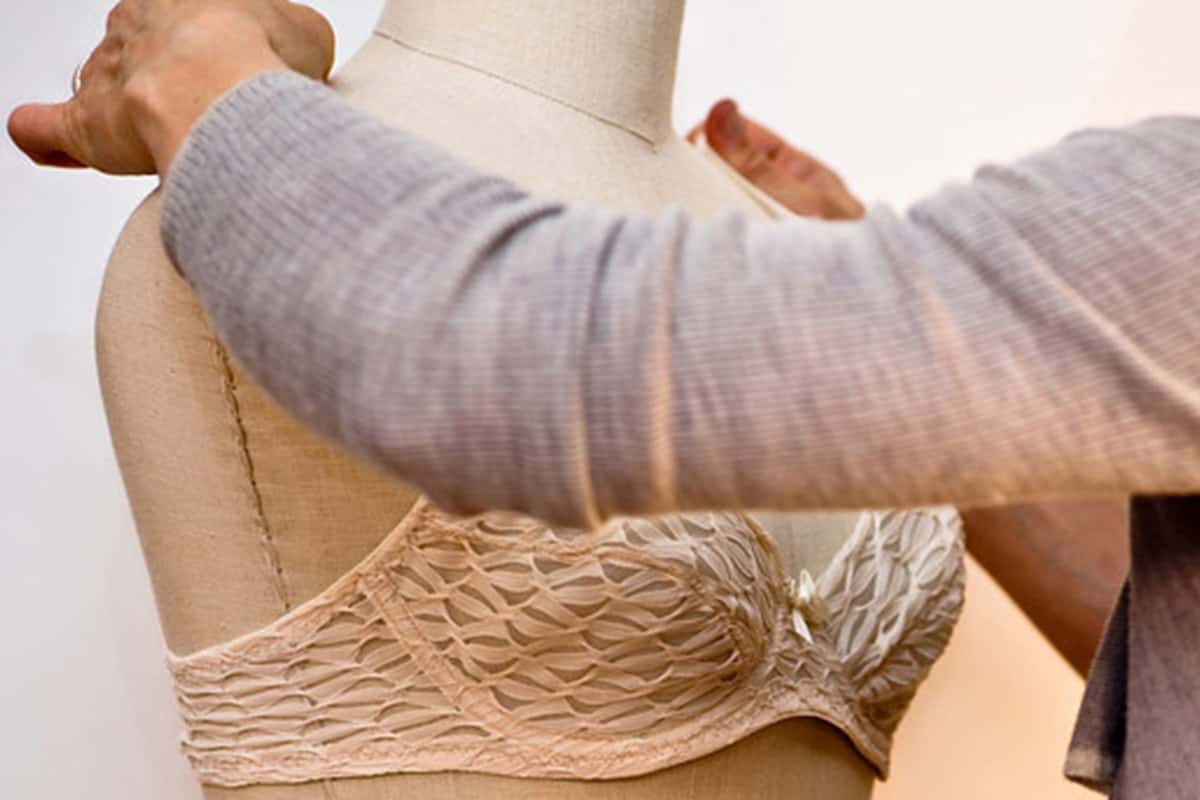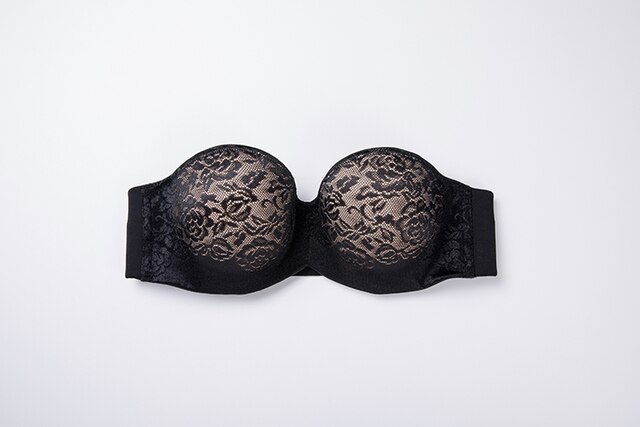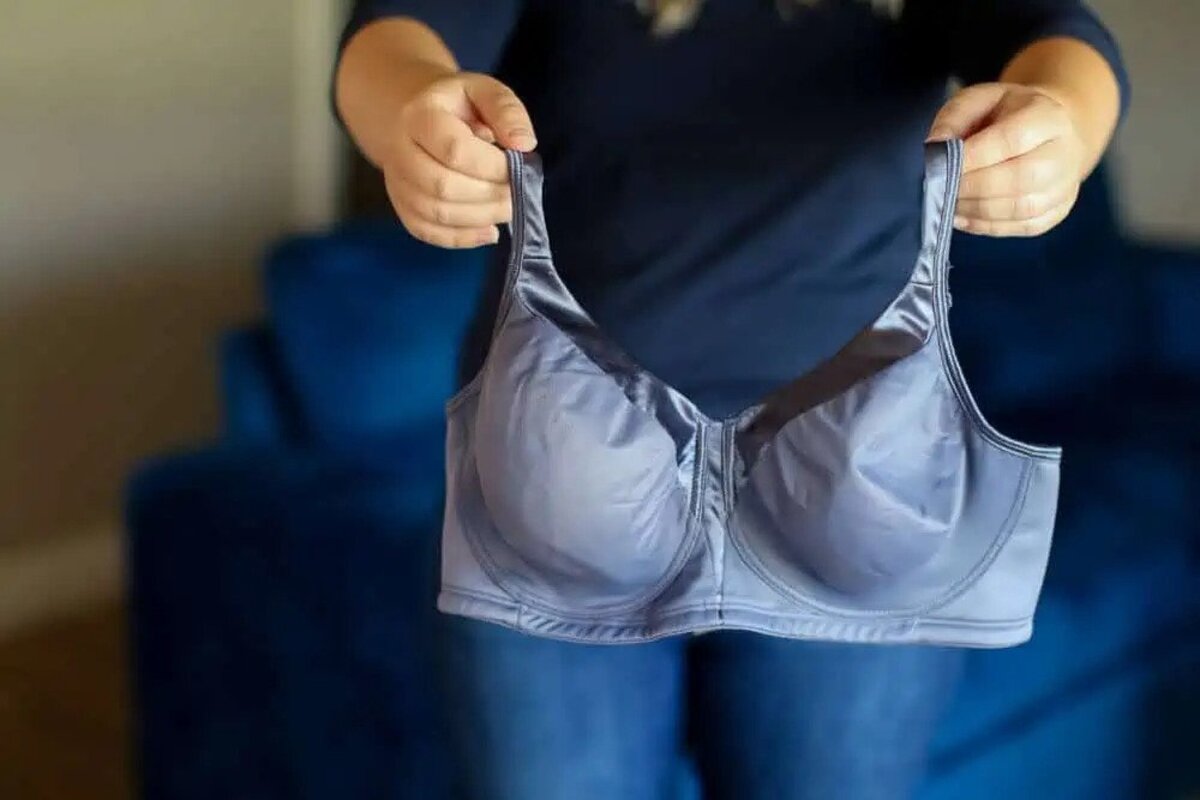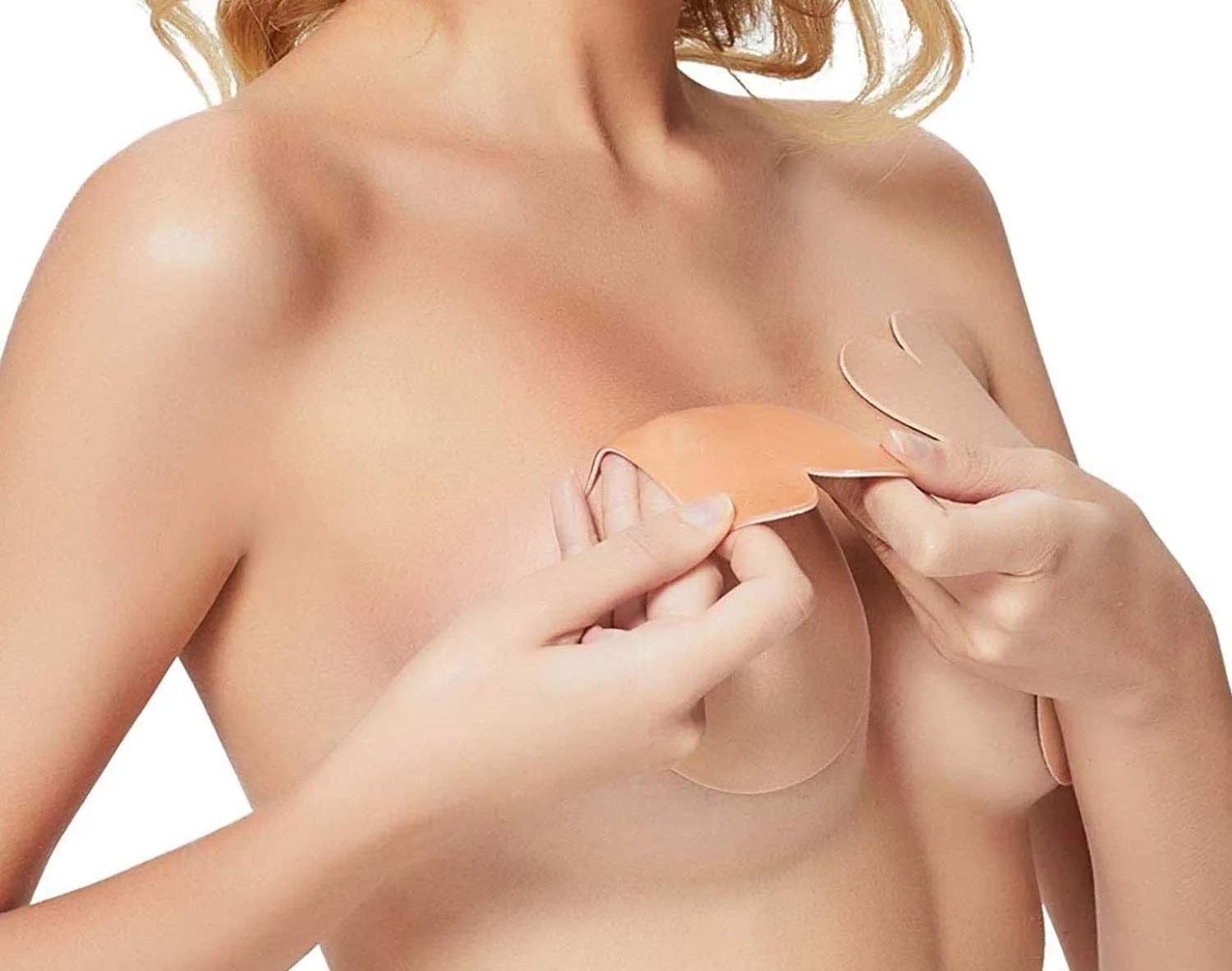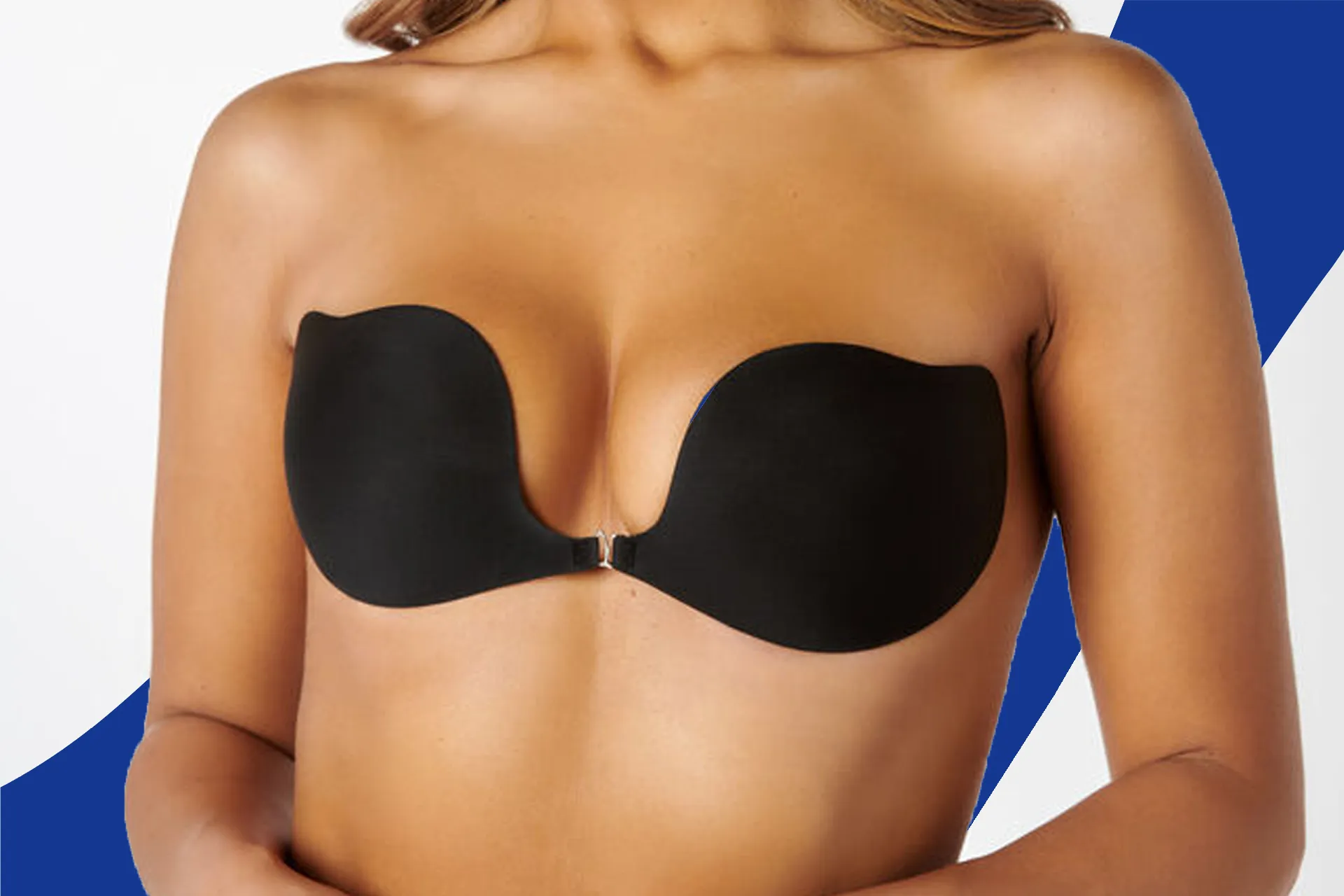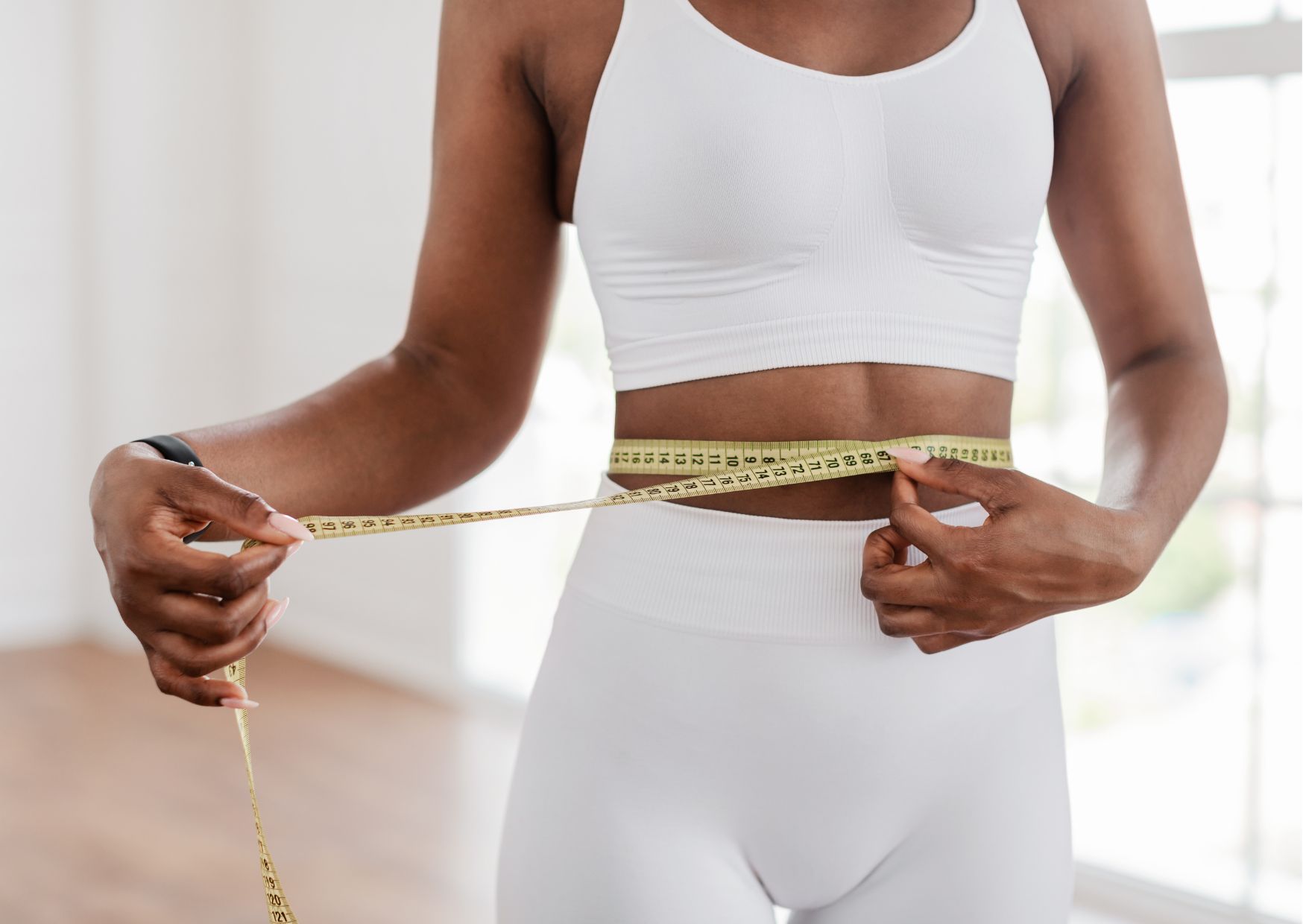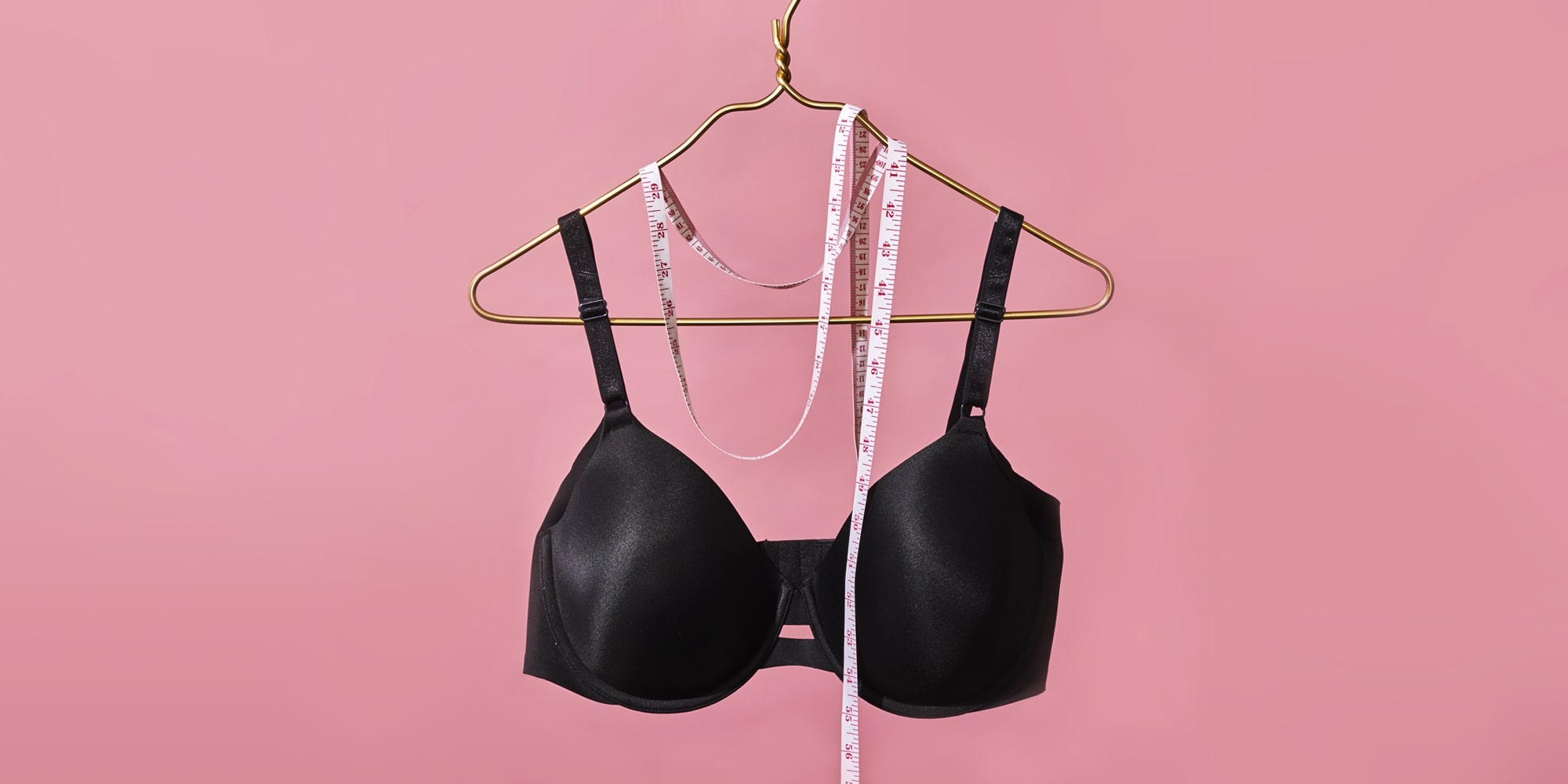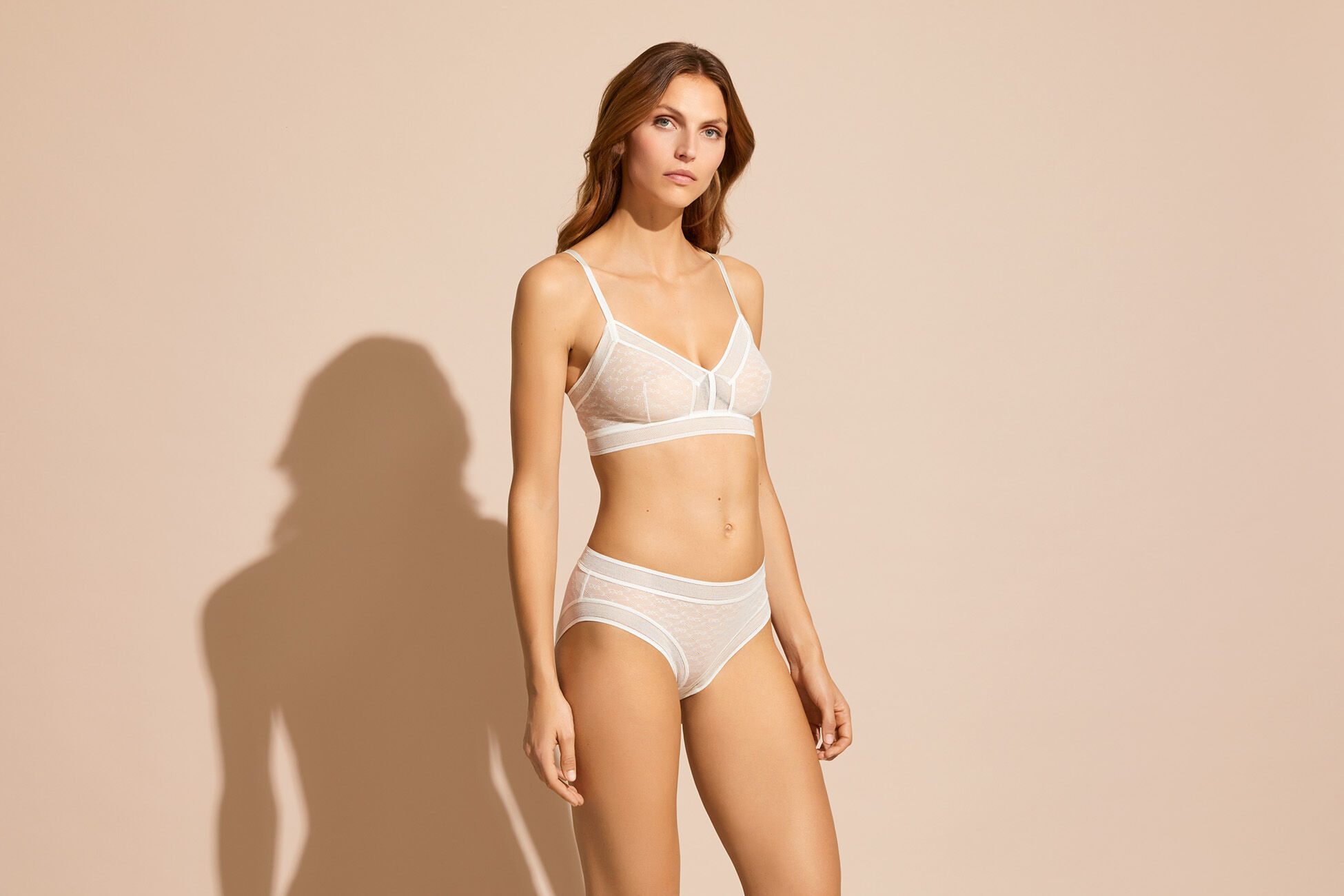Home>How-to Guides>For Women>How To Know If Your Bra Is Too Big
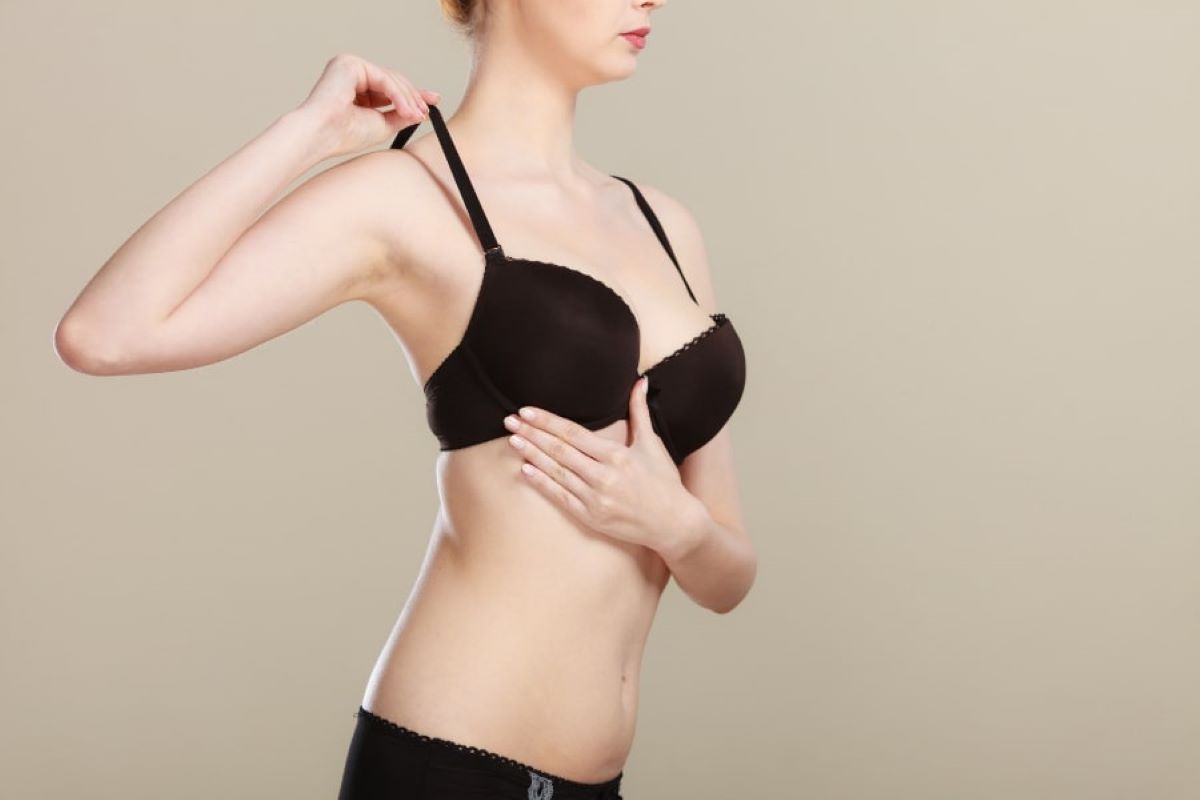

For Women
How To Know If Your Bra Is Too Big
Modified: August 2, 2023
Discover if your bra is too big with this helpful guide for women. Avoid discomfort and find the perfect fit for optimal support and confidence.
(Many of the links in this article redirect to a specific reviewed product. Your purchase of these products through affiliate links helps to generate commission for Under-tec.com, at no extra cost. Learn more)
Table of Contents
Introduction
Choosing the right bra size is essential for every woman. Wearing a bra that fits properly not only enhances comfort but also provides proper support and improves overall posture. While many women struggle with finding a bra that is too small, dealing with a bra that is too big can be just as frustrating.
When your bra is too big, it can lead to various problems such as lack of support, discomfort, and an unflattering fit. However, identifying whether your bra is too big can be a challenge if you’re not aware of the signs to look for.
This article will guide you through the indicators that your bra might be too big, helping you understand how to assess the band size, cup size, straps, gaps, and overall fit and comfort. By paying attention to these details, you’ll be able to make an informed decision when choosing the right bra size for yourself.
So, whether you’re experiencing discomfort or simply curious to know if your bra is too big, let’s dive in and explore the key signs to look out for!
Signs that your bra is too big
When it comes to identifying whether your bra is too big, there are several telltale signs to be mindful of. Paying attention to these signs will help you determine if it’s time to consider a different bra size:
- Loose band: One of the most common signs of a bra being too big is when the band feels loose and doesn’t provide sufficient support. If you find that you need to continuously adjust the band throughout the day, it’s likely that it’s too big.
- Gaping cups: If you notice gaps or wrinkles in the cups, it’s a clear indication that the bra is too big for your breasts. The cups should hug your breasts snugly without any extra space.
- Slipping straps: Straps that constantly slip off your shoulders can be a sign of a bra that’s too big. The straps should provide support without digging into your shoulders or falling down.
- Lack of lift: If your breasts don’t feel lifted and supported, it could be due to a bra that is too big. A well-fitted bra should lift your breasts and create a flattering shape.
- Lack of comfort: If you find yourself feeling uncomfortable or constantly adjusting your bra, it may be a result of a bra that is too big. Comfort is key, and a proper-fitting bra should make you feel supported and at ease.
Keep in mind that experiencing one or two of these signs doesn’t necessarily mean that your bra is too big. However, if you notice multiple signs, it’s worth considering trying a different size to achieve a better fit and comfort.
Check the band size
The band of your bra plays a crucial role in providing support and ensuring a proper fit. If your bra is too big in the band, it can lead to discomfort and a lack of support. Here’s how you can determine if the band size is right for you:
- Sliding up: A band that is too big may slide up your back, causing the straps to fall off your shoulders. If you find yourself constantly readjusting your bra and pulling down the band, it’s a clear sign that it’s too big.
- Keep it parallel: The band should sit parallel to the ground and remain in place throughout the day. If it rides up or feels loose, it’s an indication that you may need a smaller band size.
- Snug but not tight: When trying on a bra, the band should feel snug around your ribcage, providing a firm level of support. However, it should not feel overly tight or leave marks on your skin.
- Use the two-finger rule: To ensure the right band size, you should be able to comfortably fit two fingers under the band at the back. If you can fit more than two fingers or if there’s a lot of space, then the band is likely too big.
Remember that everyone’s body is unique, and a standard band size measurement may not always be accurate. It’s important to try on different bra sizes and brands to find the one that provides the optimal fit and comfort for you.
Assess the cup size
The cup size of your bra determines how well it accommodates the shape and volume of your breasts. If your bra cups are too big, it can lead to a lack of support, poor shape, and discomfort. Here are some steps to assess if the cup size is right for you:
- Gaps or wrinkles: One of the most obvious signs that the cup is too big is if you notice gaps or wrinkles in the fabric. The cups should smoothly and fully encompass your breasts without any excess space.
- Breast spillage: If your breasts spill out from the sides or over the top of the cup, it indicates that the cup size is too small. However, if the cups have a lot of empty space and your breasts aren’t fully covered, it’s a sign that the cup is too big.
- Underwire position: The underwire of your bra should sit comfortably against your ribcage and encase the entire bottom curve of your breasts. If the underwire is poking or digging into your breast tissue, it’s likely that the cup size is too small.
- Breast shape: A well-fitted bra should enhance the natural shape and lift of your breasts. If your breasts appear flat or saggy in the cups, it may be an indication that the cup size is too big.
It’s important to remember that bra sizing can vary between brands, so it’s advisable to try on different bras and cup sizes to find the one that best accommodates your breasts’ shape and volume. Additionally, keep in mind that breast size can change over time due to factors like weight fluctuations, hormonal changes, and pregnancy, so it’s essential to reassess your bra size periodically.
Examine the straps
The straps of your bra are responsible for providing support and ensuring that the bra stays in place throughout the day. If your bra straps are constantly slipping or digging into your shoulders, it may be a sign that your bra is too big. Here’s how you can examine the straps:
- Slipping off the shoulders: If your bra straps keep slipping off your shoulders, it indicates that they are too loose or not adjusted properly. However, if you tighten the straps and they still fall down, it may be a sign that the band size or cup size is too big.
- Strap marks: If you notice deep grooves or red marks on your shoulders from the straps, it suggests that the straps are too tight and putting excessive pressure on your shoulders. This can occur when the band size is too big, and you’re overcompensating by tightening the straps.
- Comfortable fit: The straps of your bra should feel supportive but not overly tight. They should stay in place and provide a comfortable fit throughout the day. If you constantly find yourself adjusting the straps, it’s an indication that they may be too loose or too tight.
- Adjustment possibilities: Some bras have adjustable straps that allow you to customize the fit based on your body shape and preferences. If you’ve adjusted the straps to their maximum length and they’re still too short, it suggests that the bra may be too big for you.
Remember that the straps work in conjunction with the band and cups to provide optimal support and comfort. If the band and cups fit properly but the straps are giving you trouble, it may be worth considering a different bra size or style that offers better strap adjustability.
Look for gaps or wrinkles
When evaluating the fit of a bra, it’s important to check for any gaps or wrinkles in the fabric. These can be indicators that the bra is too big and not providing the right level of support. Here’s what to look for when examining your bra for gaps or wrinkles:
- Cup gaps: If you notice gaps between your breast and the cup, it may indicate that the cup size is too big. The cups should encase your breasts fully and smoothly, without any loose or wrinkled fabric.
- Wrinkled band: A band that is too big may cause wrinkling or folding in the fabric around your back. This can occur when the band is not snug enough to provide proper support and stays in place.
- Underwire discomfort: If the underwire in your bra is not sitting flat against your ribcage and instead there are gaps or space between your breast and the wire, it suggests that the cup size may be too big. The underwire should sit comfortably against your chest, following the natural curve of your breasts.
- Excess fabric: Look for any excess fabric in the cups or along the sides of the bra. This can indicate that the bra is not fitted properly and is too big for your breast size.
It’s essential to choose a bra that offers a smooth and seamless appearance under clothing. Gaps or wrinkles can not only affect the fit and comfort but also impact the way your clothes look on top of the bra. Taking the time to assess the fit and address any gaps or wrinkles will ensure that you find a bra that flatters your shape and provides optimal support.
Consider the overall fit and comfort
While specific signs such as band size, cup size, straps, and gaps can indicate whether a bra is too big, it’s important to consider the overall fit and comfort when assessing your bra. Here are some factors to keep in mind:
- Movement and support: A well-fitted bra should provide adequate support and minimize movement. If you notice excessive bouncing, discomfort, or a lack of support, it could be a sign that the bra is too big.
- Comfort: Pay attention to how the bra feels against your skin. It shouldn’t dig into your skin, create red marks, or cause any discomfort. If you constantly find yourself adjusting the bra or feeling uneasy wearing it, it’s a sign that the fit may not be right.
- Wire position: The underwire should sit flat against your ribcage, encasing the bottom curve of your breasts. If the underwire is digging into your breast tissue or sitting in a different position, it’s likely that the cup size is too big.
- Overall appearance: Assess how the bra looks under your clothing. Ideally, it should provide a smooth silhouette without any bulges or visible lines. If you notice any lumps or bumps, it could be a result of the bra being too big.
- Personal preference: Ultimately, finding the right bra size is also about personal preference. Some women may prefer a snugger fit, while others may prefer a slightly looser feel. Experiment with different sizes and styles to find the one that makes you feel confident and comfortable.
Remember that your bra size may change over time due to factors such as weight fluctuations, pregnancy, or hormonal changes. It’s important to reassess your bra size regularly to ensure you’re wearing the right size for optimal comfort and support.
Additional tips for finding the right bra size
Finding the right bra size is an ongoing journey that may require some trial and error. Here are some additional tips to help you find the perfect fit:
- Get a professional bra fitting: If you’re unsure about your bra size, consider getting a professional bra fitting. A trained specialist can take accurate measurements and guide you in choosing the right size and style of bra.
- Try different brands and styles: Each brand and even different styles within the same brand may have variations in sizing. Don’t be discouraged if one brand’s size doesn’t work for you – experiment with different brands and styles to find what fits best.
- Consider sister sizes: If you find that your band size is too big but the cups fit well, try going down a band size and up a cup size, or vice versa. These are known as sister sizes, and they can help you achieve a better fit.
- Pay attention to the fabric and construction: Different fabrics and construction techniques can influence the fit and comfort of a bra. Look for bras with adjustable straps, multiple hook-and-eye closures, and supportive materials that mold to your body shape.
- Reassess your size periodically: Keep in mind that your bra size can change over time due to factors like weight fluctuations, pregnancy, or hormonal changes. Regularly reassess your size to ensure you’re wearing the right bra for your current needs.
- Listen to your body: Ultimately, trust your own comfort and intuition. If a bra feels uncomfortable, too tight, or simply doesn’t feel right, listen to your body and try a different size or style.
Remember that finding the right bra size is about both comfort and confidence. Take your time, be patient with the process, and don’t hesitate to seek guidance if needed. By finding the perfect fit, you’ll not only enhance your comfort but also boost your overall well-being and self-esteem.
Conclusion
Choosing the right bra size is crucial for comfort, support, and overall well-being. While many women focus on finding a bra that is too small, it’s equally important to recognize the signs of a bra that is too big. By paying attention to indicators such as the band size, cup size, straps, gaps, and overall fit and comfort, you can ensure that your bra provides the perfect fit for your body.
Remember to regularly reassess your bra size as factors like weight fluctuations, pregnancy, and hormonal changes can impact your measurements. Don’t be afraid to seek professional bra fittings or try different brands and styles to find the one that works best for you.
In the end, finding the right bra size is about more than just physical comfort; it’s about feeling confident and supported. By investing the time and effort into finding the perfect fit, you’ll not only enhance your everyday comfort but also boost your body image and self-esteem.
